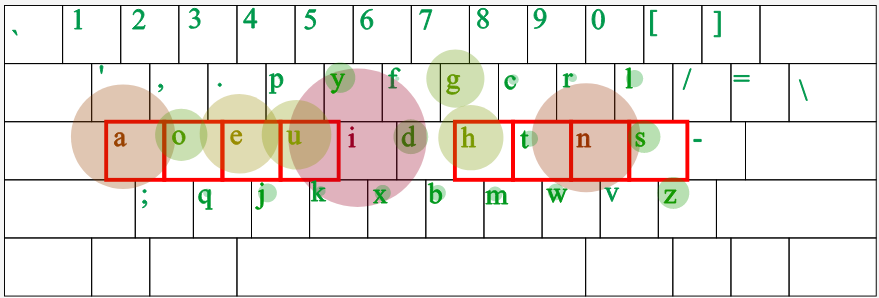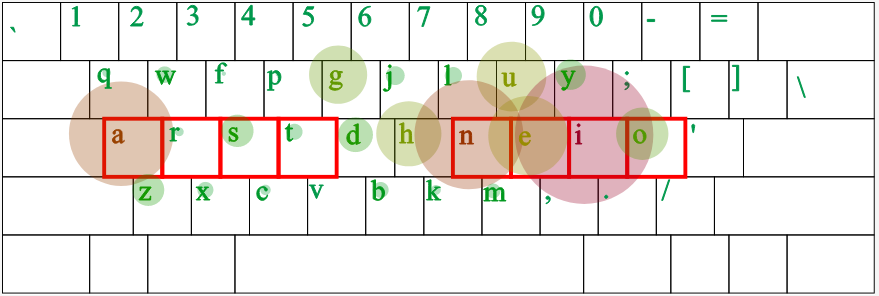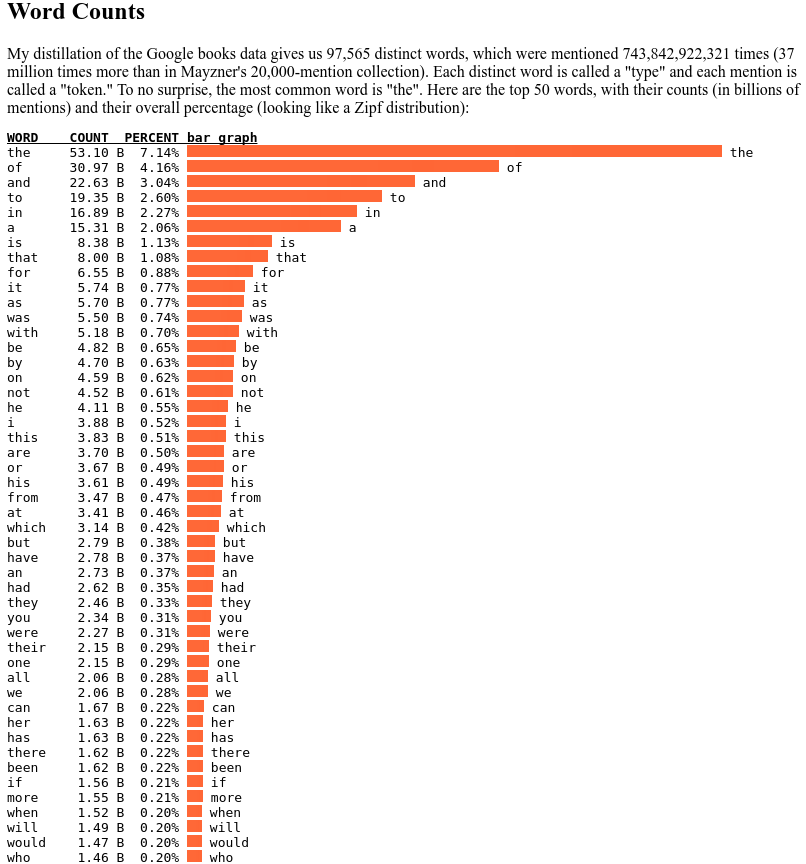Dvorak vs Colemak
Is Colemak Layout better than Dvorak Layout ?
This is contentious issue.
Dvorak Layout is invented in 1936. Colemak is invented around 2005. Colemak proponents like you to believe that Colemak is the modern better more efficient layout.
I'm a Dvorak user since 1994, and here i tell you why i think Colemak isn't better.
Dvorak and Colemak Heatmap


Rolling Finger vs Alternating Hands
Dvorak focus on alternating hands. For example, all vowels A O E U I are on the left hand.
Colemak focus on “rolling” fingers motion. For example, type “sdf” on QWERTY. You'll notice your fingers “roll” like you would tab on a table. Some people prefer rolling fingers than alternating hands.
Problem with rolling fingers is that if you need to type another language such as German, French, Spanish, Chinese pinyin, or any input that's not English, it becomes inefficient fast. With Dvorak, you still have alternating hands because the vowels are on the left hand.
Colemak claims to be slightly more efficient than Dvorak. But it depends on what text source (aka corpus) is used for analysis, and on how you score rolling fingers motion for frequently occurring 2-letter bigram vs alternating hands.
Dvorak Better Than Coleman on Typing Chinese (pinyin)
Pinyin is a Chinese Input Method , used by close to a billion people.


Colemak is Easier to Learn?
Colemak is supposedly easier to learn for those who already touch-type QWERTY, because about 12 keys remains the same as QWERTY. I've seen at least 1 guy who blogged about how Colemak is more difficult for him to learn.
What I liked about Dvorak was that I was able to learn the layout very easily. Perhaps that hand alteration helps. I was not a touch-typist prior and just used my own “hunt and peck” method. With Dvorak, since the main shortcut keys are moved more to the right on Dvorak, I’ve tried to use the left hand mouse. This is easy since I am also left-handed.
I want to make Colemak work, but I'm just struggling so much. I cannot give up and say that I was defeated by a keyboard layout. That would be silly.😛
- Colemak vs Dvorak – So Hard To Make A Decision
- By Julxrp.
- https://julxrp.wordpress.com/2012/11/21/colemak-vs-dvorak/
Copy Cut Undo Keys Stays the Same, Good?
Many people think that the shortcut keys {undo z, cut x, copy c, paste v} is perfect as is, and many layouts, including {Colemak, Asset, Norman, qwpr} are designed specifically to retain these key positions.
There are Dvorak with QWERTY-shortcuts layout, that comes with Linux and Mac OS X out of the box. So, this isn't a winning point for Colemak. (For Microsoft Windows, you have to download it.)
But more importantly, the {z, x} key positions on QWERTY induces Repetitive Strain Injury. It happened to me with the QWERTY key x. 〔see Why ZXCV Undo Cut Copy Paste Keys Are Bad?〕 These keys are pressed by weak fingers pinky and ring finger. You should avoid them, especially if your keyboard does not use mechanical switch. 〔see Keyboard Key Switch Mechanisms〕
Colemak T H, Index Finger Side Motion Problem
One common criticism of Colemak is the frequent side way motion. For example, try to type “the”. The problem is h, which requires you to move your index finder to the left.
“th” and “he” are two of the most frequent bigrams. And “the” is the most frequently used word. With Colemak, it's a problem.

- English Letter Frequency Counts: Mayzner Revisited
- By Peter Norvig.
- http://norvig.com/mayzner.html

- English Letter Frequency Counts: Mayzner Revisited
- By Peter Norvig.
- http://norvig.com/mayzner.html
See the Workman layout author who criticized Colemak:
Best Layout for Programer
If you are a programer, Dvorak is slightly better.
The LOW LINE _ character, is the most used punctuation in programing languages code by far. See Computer Languages Characters Frequency. On Dvorak, it's on the home row with pinky. On Colemak, it's on the number row with pinky.
The FULL STOP . character and COMMA , character, are also top most frequently used characters in computer code. In Dvorak, they are on top row. In Colemak, they are on bottom row.
Also, for Dvorak, there's a programer's Dvorak layout, which is Dvorak but with the number row switched to punctuations. See Ergonomic Keyboard Layouts.
Vim and Emacs
Vim's arrow keys is much worse on Colemak than on Dvorak.
| key | command | % |
|---|---|---|
| K ↑ | previous-line | 15.48 |
| J ↓ | next-line | 17.10 |
| H ← | backward-char | 3.23 |
| L → | forward-char | 5.51 |
The two most frequently used, the j and k, are at the worst far-reaching positions on the Colemak. On Dvorak, they are adjacent, on the left hand bottom row, pressed by middle finger and index finger.
See also:
Colemak Advantage of Backspace at Capslock?
Colemak makes the CapsLock key do Backspace ⌫.
This is very good, because Backspace ⌫ is one of the most frequently used special key, and is normally hard to reach. Now it's easy to reach, and CapsLock is rarely useful.
However, there's few things to keep in mind.
In any OS, you can trivially map CapsLock to send Backspace ⌫, regardless which letter layout you are using. (For how-to, see Create Keyboard Shortcut.)
In any good programable keyboard, you can trivially map CapsLock to send Backspace ⌫ in the keyboard firmware.
〔see Programable Keyboards with Onboard Memory〕
Also, you may actually prefer to make the CapsLock key position do Esc if you are a vim user. Or, you may want to make it do Ctrl for emacs.
Conclusion?
In my opinion, there is no decisive benefit of Colemak over Dvorak. It's up to you which to learn.